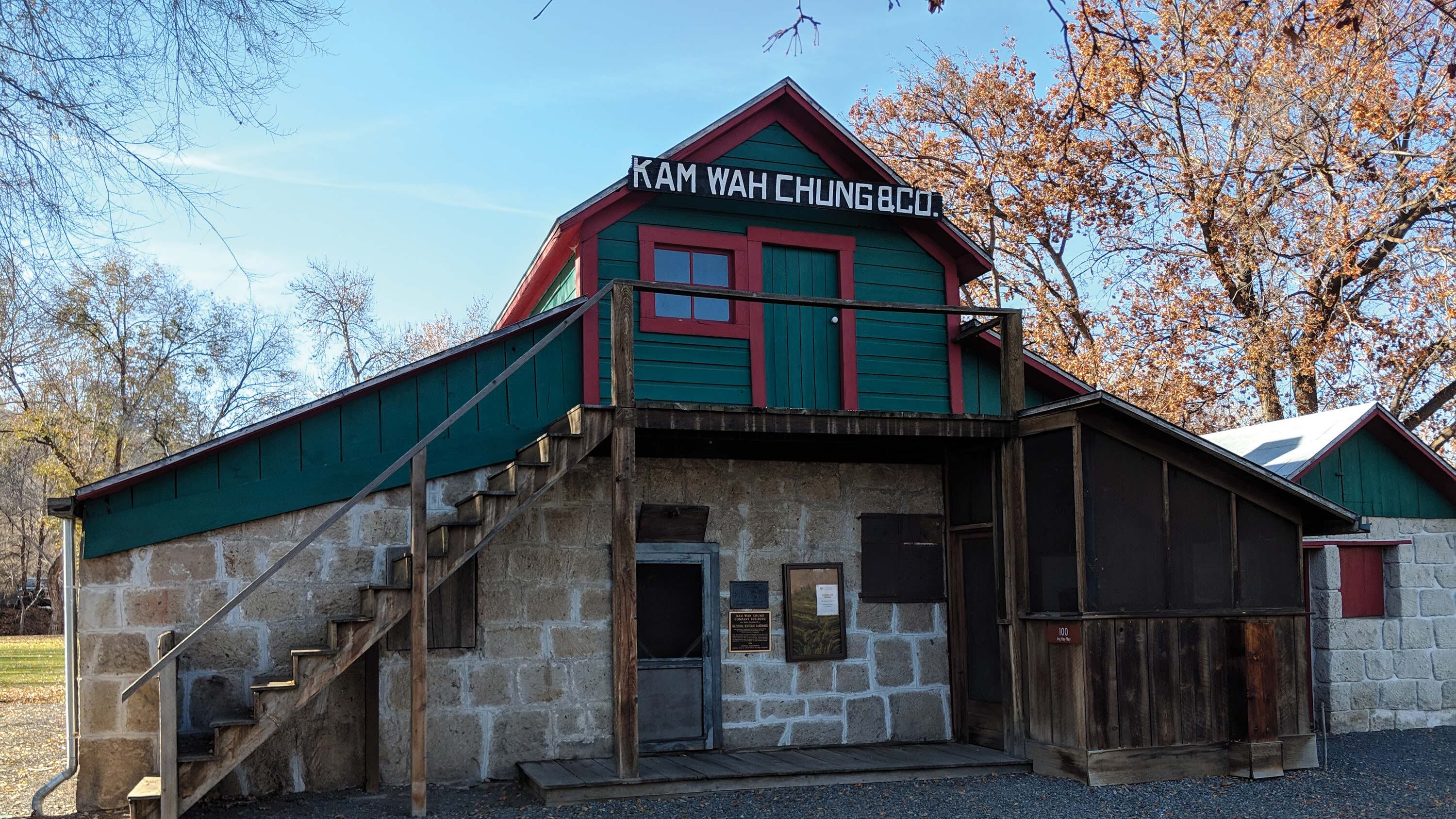When you imagine a thriving Chinatown, the cultural hubs carved out of major cities like San Francisco usually come to mind. So it might be a surprise to learn that John Day had a flourishing Chinese community, despite the rampant racist violence of more than a century ago. The only trace left of any of it are the sturdy stone walls of the Kam Wah Chung State Heritage Site (John Day, oregonstateparks.org), but if you had to preserve just one building that made up the city’s Chinatown, this would be it. Kam Wah Chung, or “Golden Flower of Prosperity,” was the beating, multipurpose heart of the neighborhood, functioning as a general store, unofficial post office, temple, library, social club and apothecary. At one point, one of the owners was the most prominent herbal medicine practitioner between Seattle and San Francisco. The business closed in 1948 and not long after locked up, sitting untouched for decades. That preserved everything inside—from more than 500 varieties of Chinese herbs to a box of Wheaties. It’s a museum that created itself, and you’re free to tour the shop that’s been frozen in time.

